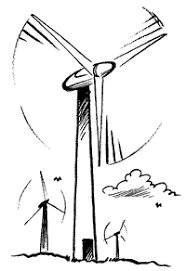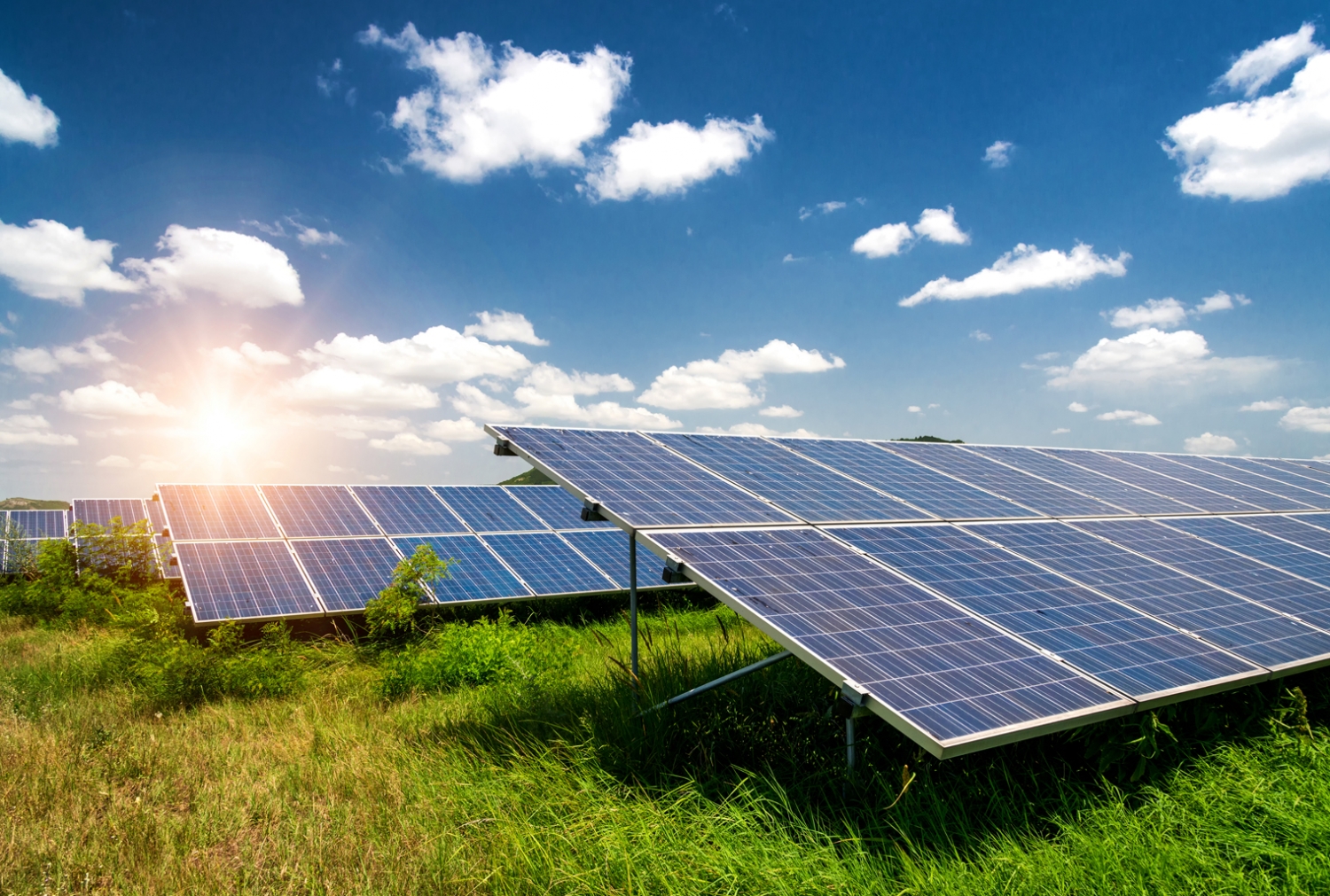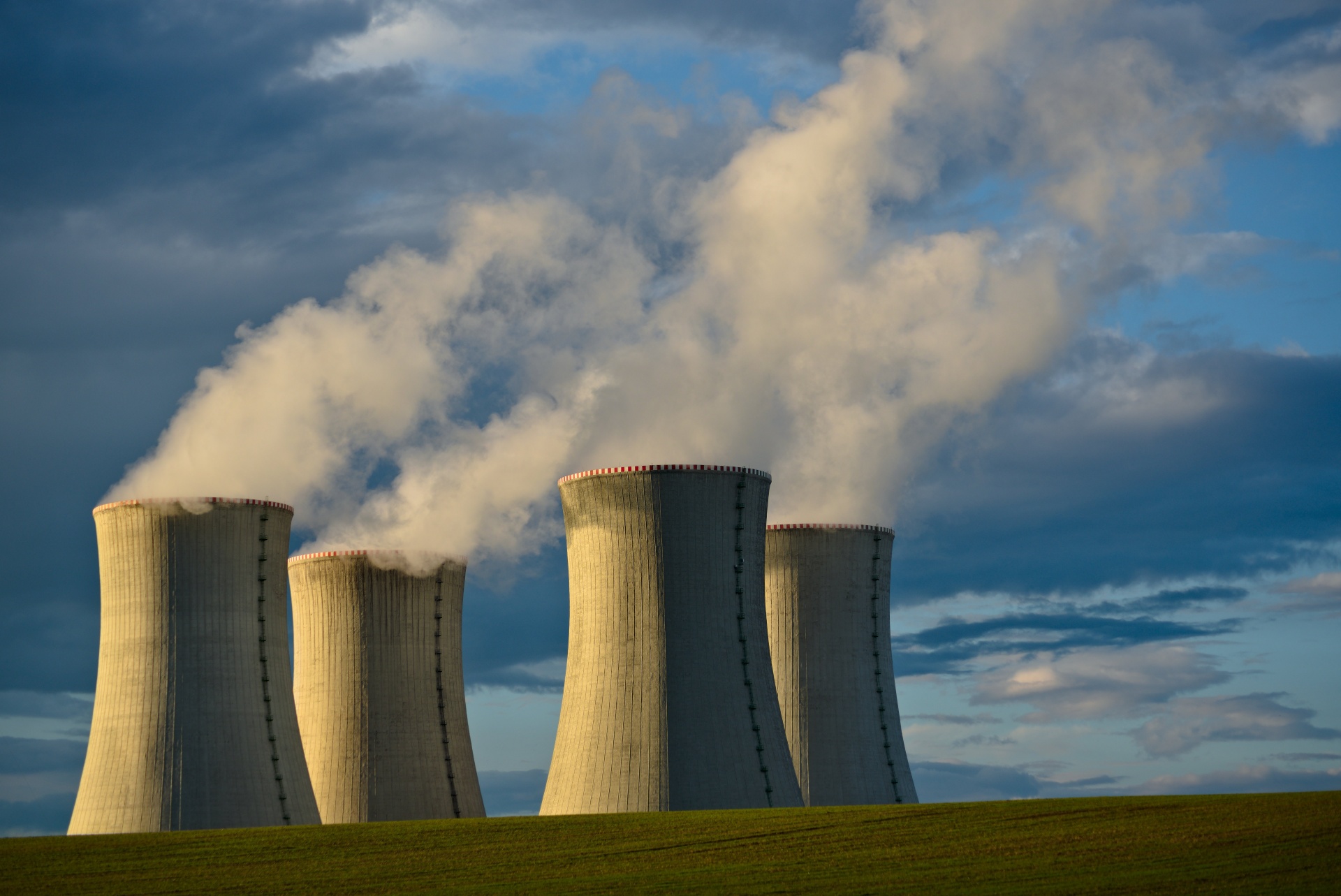SKILLS 1
Nội dung lý thuyết
Các phiên bản khácUnit 10: ENERGY SOURCES
SKILLS 1
Reading
1. Work in pairs. Discuss the following questions.
Làm việc theo cặp. Thảo luận các câu hỏi sau.
|
|
1. What are the main energy sources in Viet Nam? (Các nguồn năng lượng chính ở Việt Nam là gì?)
2. What type(s) of energy sources will we use in the future? (Chúng ta sẽ sử dụng (những) loại nguồn năng lượng nào trong tương lai?)
Hướng dẫn:
1. Currently, hydro energy, natural gas and coal are the main energy sources in our country. (Hiện tại, thủy điện, khí tự nhiên và than đá là những nguồn năng lượng chính ở nước ta.)
2. I suppose in the near future, solar energy and wind energy will be much more popular than now. (Mình nghĩ rằng trong tương lai gần, năng lượng mặt trời và năng lượng gió sẽ trở nên phổ biến hơn bây giờ rất nhiều.)
2. Mr Lam is giving a lecture on energy sources. Read the text and choose the best option (A, B, or C) to complete the sentences.
Thầy Lâm đang giảng bài về các nguồn năng lượng. Đọc văn bản và chọn phương án đúng nhất (A, B hoặc C) để hoàn thành các câu.
Hello, class. Today I'd like to tell you about two energy sources. They are non-renewable sources and renewable sources.
Non-renewable sources are coal, oil and natural gas. We can use these sources to produce energy. They are cheap and easy to use. People use them a lot. But they are very limited and will run out soon.
Renewable sources come from the sun, wind or water. When energy comes from the sun, we call it solar energy. Wind energy comes from the wind, and hydro energy comes from water. Renewable sources are available, clean and safe to use. But they are expensive to produce.
In the future we will rely more on renewable energy sources. They are better for the environment and they will not run out.
(Chào cả lớp. Hôm nay thầy muốn giảng cho các bạn về hai nguồn năng lượng. Chúng là nguồn năng lượng không thể tái tạo và có thể tái tạo.
Các nguồn năng lượng không thể tái tạo là than, dầu và khí đốt tự nhiên. Chúng ta có thể sử dụng những nguồn này để sản xuất năng lượng. Chúng rẻ và dễ sử dụng. Mọi người sử dụng chúng rất nhiều. Nhưng chúng có hạn và sẽ cạn kiệt sớm.
Các nguồn năng lượng tái tạo đến từ mặt trời, gió hoặc nước. Khi năng lượng đến từ mặt trời, chúng ta gọi nó là năng lượng mặt trời. Năng lượng gió đến từ gió, và thủy điện đến từ nước. Nguồn năng lượng tái tạo có sẵn, sạch và an toàn để sử dụng. Nhưng để sản xuất chúng cần rất nhiều kinh phí.
Trong tương lai, chúng ta sẽ dựa nhiều hơn vào các nguồn năng lượng tái tạo. Chúng tốt hơn cho môi trường và chúng sẽ không cạn kiệt.)
1. Non-renewable sources are cheap and _______.
| A. available | B. easy to use | C. expensive |
2. _______ come from the sun, wind or water.
| A. Renewable sources | B. All energy sources | C. Non-renewable sources |
3. When energy comes from water, we call it _______.
| A. wind energy | B. solar energy | C. hydro energy |
4. Renewable energy sources are better for _______.
| A. the environment | B. our cars | C. hydro energy |
Hướng dẫn:
1. B | 2. A | 3. C | 4. A |
1. Non-renewable sources are cheap and _______. - B. easy to use (Các nguồn không thể tái tạo rẻ và dễ sử dụng.)
| A. available | B. easy to use | C. expensive |
2. _______ come from the sun, wind or water. - A. Renewable sources (Các nguồn năng lượng tái tạo đến từ mặt trời, gió hoặc nước.)
| A. Renewable sources | B. All energy sources | C. Non-renewable sources |
3. When energy comes from water, we call it _______. - C. hydro energy (Khi năng lượng đến từ nước, chúng ta gọi nó là thủy điện.)
| A. wind energy | B. solar energy | C. hydro energy |
4. Renewable energy sources are better for _______. - A. the environment (Nguồn năng lượng tái tạo tốt hơn cho môi trường.)
| A. the environment | B. our cars | C. hydro energy |
3. Read the text again and answer the questions.
Đọc lại văn bản và trả lời các câu hỏi.
1. How many energy sources are there? What are they?
2. What do non-renewable sources include?
3. What are the advantages of renewable energy?
4. What will we rely more on in the future?
Hướng dẫn:
1. How many energy sources are there? What are they? (Có bao nhiêu nguồn năng lượng? Chúng là gì?)
- There are two. They are non-renewable sources and renewable sources. (Có hai. Chúng là nguồn năng lượng không thể tái tạo và có thể tái tạo.)
2. What do non-renewable sources include? (Các nguồn năng lượng không tái tạo bao gồm những gì?)
- Non-renewable sources are coal, oil and natural gas. (Các nguồn năng lượng không thể tái tạo là than đá, dầu mỏ và khí đốt tự nhiên.)
3. What are the advantages of renewable energy? (Ưu điểm của năng lượng tái tạo là gì?)
- Renewable sources are available, clean and safe to use. (Nguồn năng lượng tái tạo có sẵn, sạch và an toàn khi sử dụng.)
4. What will we rely more on in the future? (Chúng ta sẽ dựa vào điều gì nhiều hơn trong tương lai?)
- Renewable sources. (Nguồn năng lượng tái tạo.)
Speaking
4. Work in groups. Discuss and put the following words or phrases in the appropriate columns.
Làm việc nhóm. Thảo luận và đặt các từ hoặc cụm từ sau vào các cột thích hợp.
run out easy to use expensive safe to use | limited cheap available good for the environment |
| Advantages | Disadvantages |
|
Hướng dẫn:
Advantages (Ưu điểm) | Disadvantages (Nhược điểm) |
easy to use (dễ sử dụng) safe to use (an toàn khi sử dụng) cheap (rẻ) available (sẵn có) good for the environment (tốt cho môi trường) | run out (cạn kiệt) expensive (đắt đỏ) limited (có giới hạn)
|
5. Work in pairs. Ask and answer questions about the advantages and disadvantages of different energy sources.
Làm việc theo cặp. Hỏi và trả lời các câu hỏi về ưu điểm và nhược điểm của các nguồn năng lượng khác nhau.
Example:
A: What are the advantages of hydro energy? (Những lợi thế của thủy điện là gì?)
B: It's available, clean and safe to use. (Nó có sẵn, sạch và an toàn để sử dụng.)
A: What are its disadvantages? (Nhược điểm của nó là gì?)
B: It's expensive to produce. (Nó tốn nhiều chi phí để sản xuất.)

